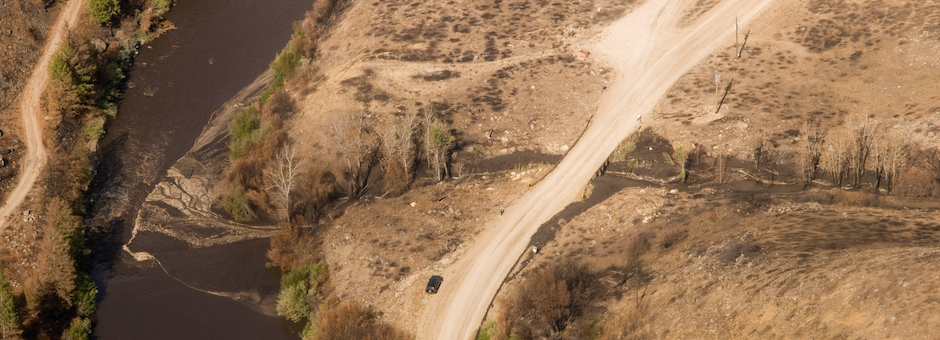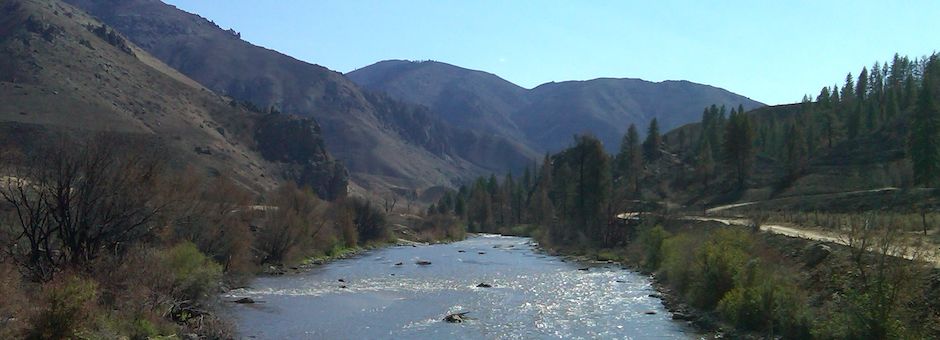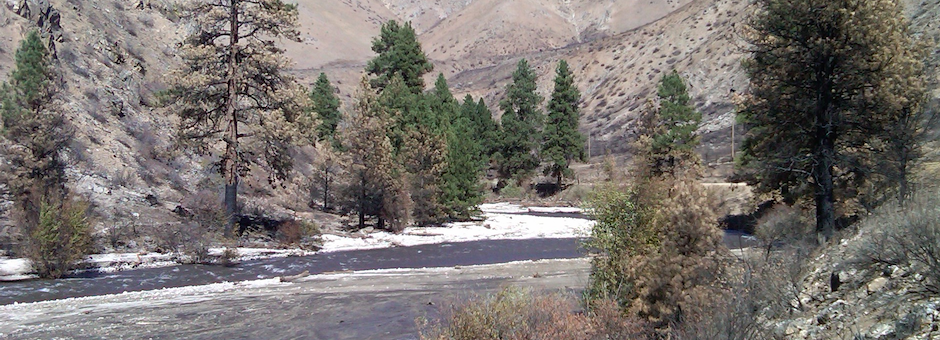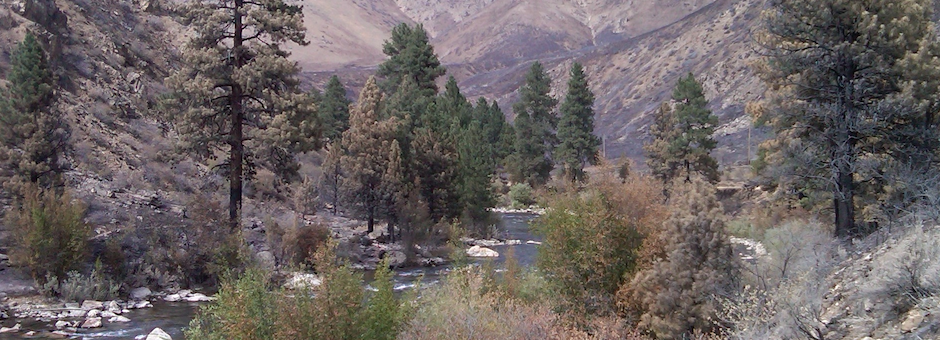 Why so productive? Why so many big fish? A favorable combination of climate, underlying geology, and tailwater conditions is the common understanding.
Why so productive? Why so many big fish? A favorable combination of climate, underlying geology, and tailwater conditions is the common understanding.
Here’s an article from the Friday edition of the Idaho Statesman:
South Fork has big trout, but fewer small ones
Biologists, anglers study rainbow populations to figure out what’s going on.
BY ROGER PHILLIPS – rphillips@idahostatesman.com
Edition Date: 05/09/08
Big fish, good, but fewer fish, bad. That’s what’s happening on the South Fork of the Boise River, and state and federal biologists and local fly fishing clubs are trying to find out why.
For more than 20 years, the Idaho Department of Fish and Game has tracked trout populations on the South Fork between Anderson Ranch Dam and Danskin Bridge, which is one of the most popular trout fishing areas in Southwest Idaho.
Population surveys show a downward trend in wild rainbow trout in the 5- to 9-inch range, fewer fish in the 10- to 16-inch range, but more fish larger than 16 inches.
F&G, Trout Unlimited, the Forest Service, Boise Valley Fly Fishermen, and the Bureau of Reclamation are partnering on projects to learn more about the South Fork’s trout population, what might be affecting it and how they can protect and enhance it.
There will be a full overview of the projects at 6:30 p.m. Wednesday, May 14, at the MK Nature Center at 600 Walnut St. in Boise.
The river still has a healthy trout population, many of which are wild, native rainbows and bull trout.
But F&G has found there are more larger trout than could be produced by the numbers of smaller trout in the system.
Radio telemetry studies showed bull trout migrate in and out of the South Fork, which raises the question of whether large rainbow trout are produced in the South Fork or are born elsewhere and migrate there.
It also raises questions why there are fewer small fish in that section of the South Fork and whether it has adequate spawning and rearing habitat.
Mike Toalson, board member for the Ted Trueblood chapter of Trout Unlimited, said all parties want to get more information before deciding what to do.
“It wouldn’t behoove us to take remediation actions until we know what’s going on,” Toalson said.
Projects include a redd count to discover how many fish are spawning in that section of the river, which will be done this month.
In June, biologists and volunteers will survey South Fork tributaries between Anderson Ranch Dam and Arrowrock Reservoir to see how trout are using them.
In July, there will be a large project that will include sport anglers catching trout and biologists taking samples for genetic testing to try to determine whether the South Fork’s trout were born there, or migrating from someplace else.
In late summer, F&G and volunteers will descend into the South Fork’s “canyon” section below Danskin Bridge to survey trout populations and see how they compare with upstream sections.
To learn more about projects on the South Fork of the Boise River, log onto www.southforkboise.org

















